Betelgeuse is one of the most well-known stars in the night sky, and is in fact one of the more massive stars in our part of the Universe.
Its Bayer designation α Orionis, or Alpha Orionis, most stargazers know the star as its Arabic name, Betelgeuse, translated affectionately into English as ‘the armpit of the giant’.
This definition gives a hint of its location if you know the pattern of the stars in the constellation of Orion, the Hunter.
Although most English-speaking astronomers today would more likely refer to Betelgeuse as being the shoulder of Orion.

How to pronounce Betelgeuse
There is some debate in astronomy circles as to how the star Betelgeuse's name should be pronounced.
Many people prefer to pronounce Betelgeuse as 'Beetlejuice', like the titular character played by Michael Keaton in Tim Burton's 1988 horror comedy.
But astronomers are most likely to pronounce Betelgeuse with a soft 'G' like BEH-TEL-GUHZ or with a hard 'G' like BEH-TEL-JUHZ.
How to find Betelgeuse in the night sky

Betelgeuse is one of the most famous winter stars and can be found in Orion.
Even if you are unfamiliar with Orion, you may have heard of Orion’s Belt.
This is made up of three stars close together, of roughly equal brightness, in a line. Once you've found Orion's Belt, it's easy to star-hop to Betelgeuse.
If you look a short way above the top left of the Belt stars, your gaze will settle upon a particularly bright and reddish star. This is Betelgeuse.
Betelgeuse is the main star of Orion, which is why its technical designation is Alpha Orionis.
Depending on how dark your location is (the darker the better) you should be able to make out that reddish colour to Betelgeuse.
This is because Betelgeuse is a red giant star.
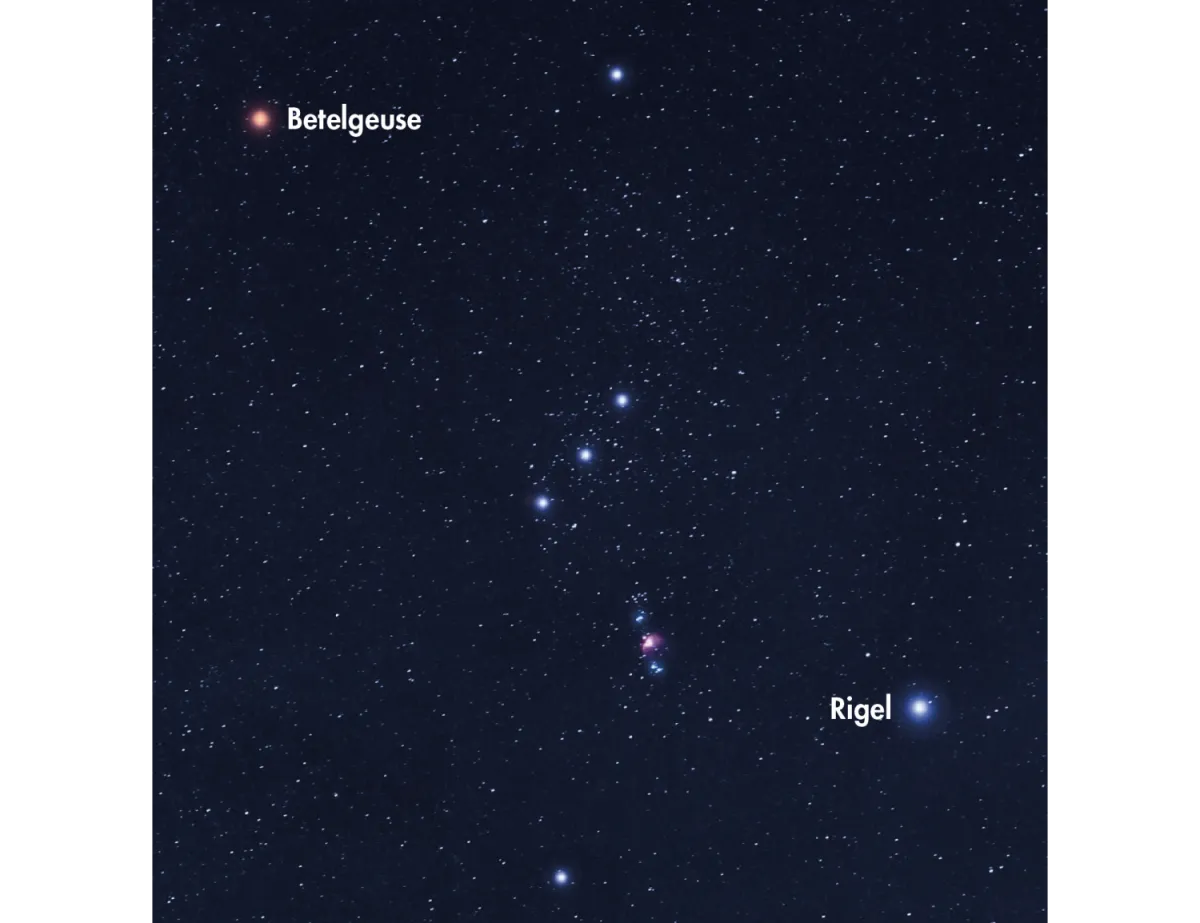
To appreciate Betelgeuse’s reddish colour you can compare it with another star in Orion.
This star is called Rigel and it has a bluish tinge. You can find it by looking to the lower-right of the Belt.
If you flip your gaze between these two stars, the colours may be more apparent. Find out more about the colour of stars with our guide on why some stars are red and some stars are blue.
Betelgeuse's dimming
Words: Emily Cannon
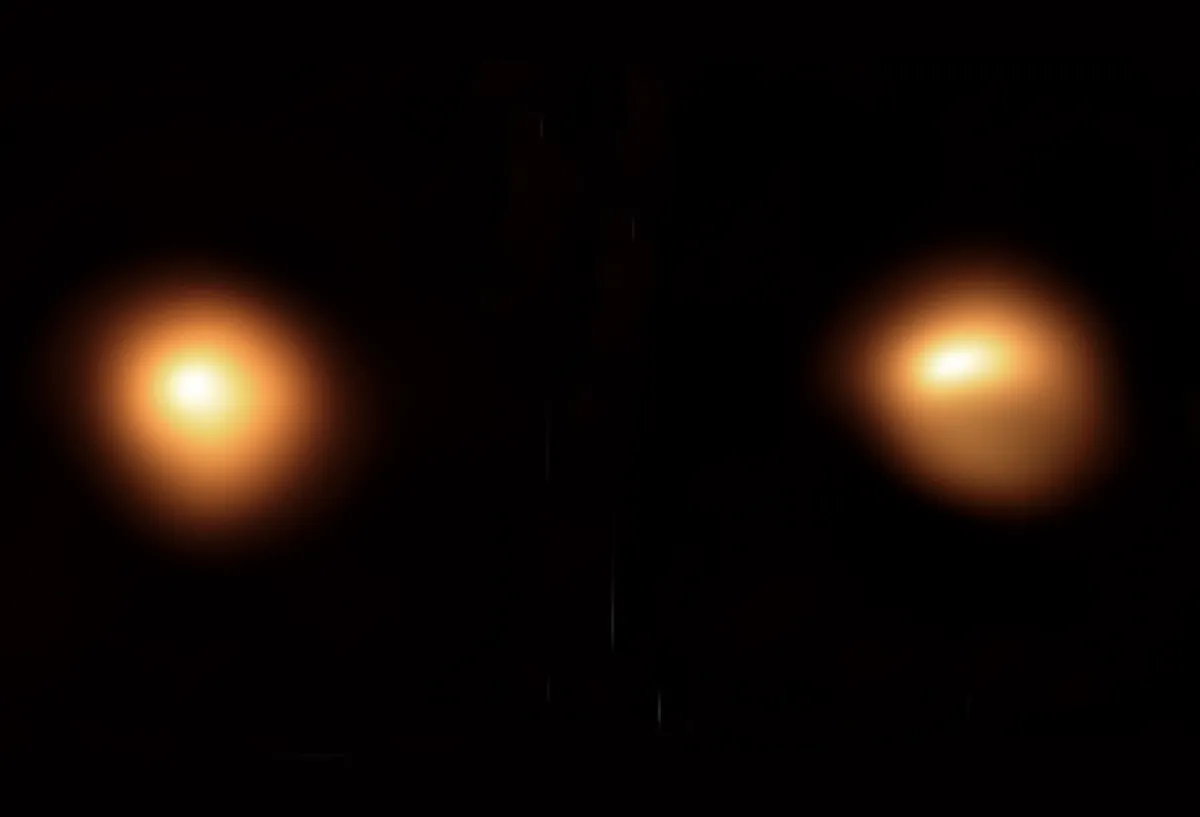
Arguably the most famous of the red supergiants, Betelgeuse continues to give us a unique insight into the workings of the largest stars in the Universe.
On 7 December 2019 an Astronomer’s Telegram (which these days is announced via email and Twitter) claimed that Betelgeuse was dimming, followed by news in February 2020 that Betelgeuse was brightening again.
As Betelgeuse is a variable star it is not unusual to see variations in its brightness.
However, on this occasion the brightness of Betelgeuse was continuing to fall far below that of what was expected and the dimming became so apparent that it was even noticeable by eye in the night sky.

Within two weeks of the telegram, our team, led by Dr Miguel Montargès, submitted a proposal and was granted time to observe Betelgeuse with the SPHERE (Spectro-Polarimetric High-contrast Exoplanet REsearch) instrument, among others, at the European Southern Observatory’s Very Large Telescope in Chile’s Atacama Desert.
The high angular resolution capabilities of SPHERE allow us to resolve the surface of Betelgeuse, which means that the star no longer looks like a point source and we can distinguish surface features.
It was clear from the images we obtained on 27 December 2019 that there was a drop in brightness in the southern part of the star when compared to observations from January 2019.
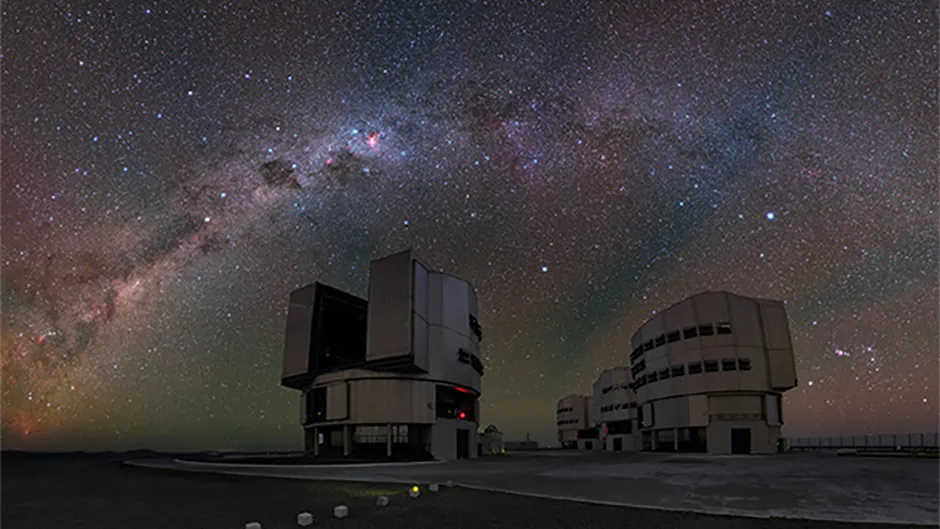
But what could have caused this dramatic change in Betelgeuse's brightness? Much of the physics of red supergiants is still uncertain, so multiple causes are being explored.
The fact that part of the surface is at a cooler temperature could be due to the convective activity of the star, or because a clump of dust has been ejected in our direction.
This dust theory would not be too unexpected as Betelgeuse has already been observed to have a clumpy outer wind, just like many other red supergiants.

Does this dimming mean Betelgeuse is about to go supernova? It is unlikely.
The final nuclear reaction sequences that happen within the star have such short timescales that their light would not reach the surface before the explosion occurred, so we don’t expect to see changes in brightness pre-supernova.
As we watch Betelgeuse regain brightness it is important to note that without the help of amateur astronomers in observing and documenting this star each day, much of this science would not be possible and events like this could be missed.
Betelgeuse did more recently completely disappear! Not literally, of course, but on 11 December 2023 asteroid Leona passed in front of Betelgeuse, giving the impression that it disappeared for a brief moment.
Could Betelgeuse go supernova and explode?
Words: Paul Cockburn

All stars are powered by fusion, initially the 'burning' of hydrogen into helium.
Once the supply of hydrogen runs out a star continues to shine by burning helium into heavier, denser elements, such as carbon and oxygen.
As this process continues, the energy generated by the fusion begins to lose a long-standing battle against the star’s own gravity, drawing in material to the core.
The final point of collapse happens in a matter of seconds, leading to a massive explosion as matter rebounds off the core. The result can outshine a galaxy, but generally don’t last for long.
What’s left behind largely depends on how large the star originally was: it can be a neutron star, which is extremely dense, or even a black hole—so dense that not even light can escape from its gravity.
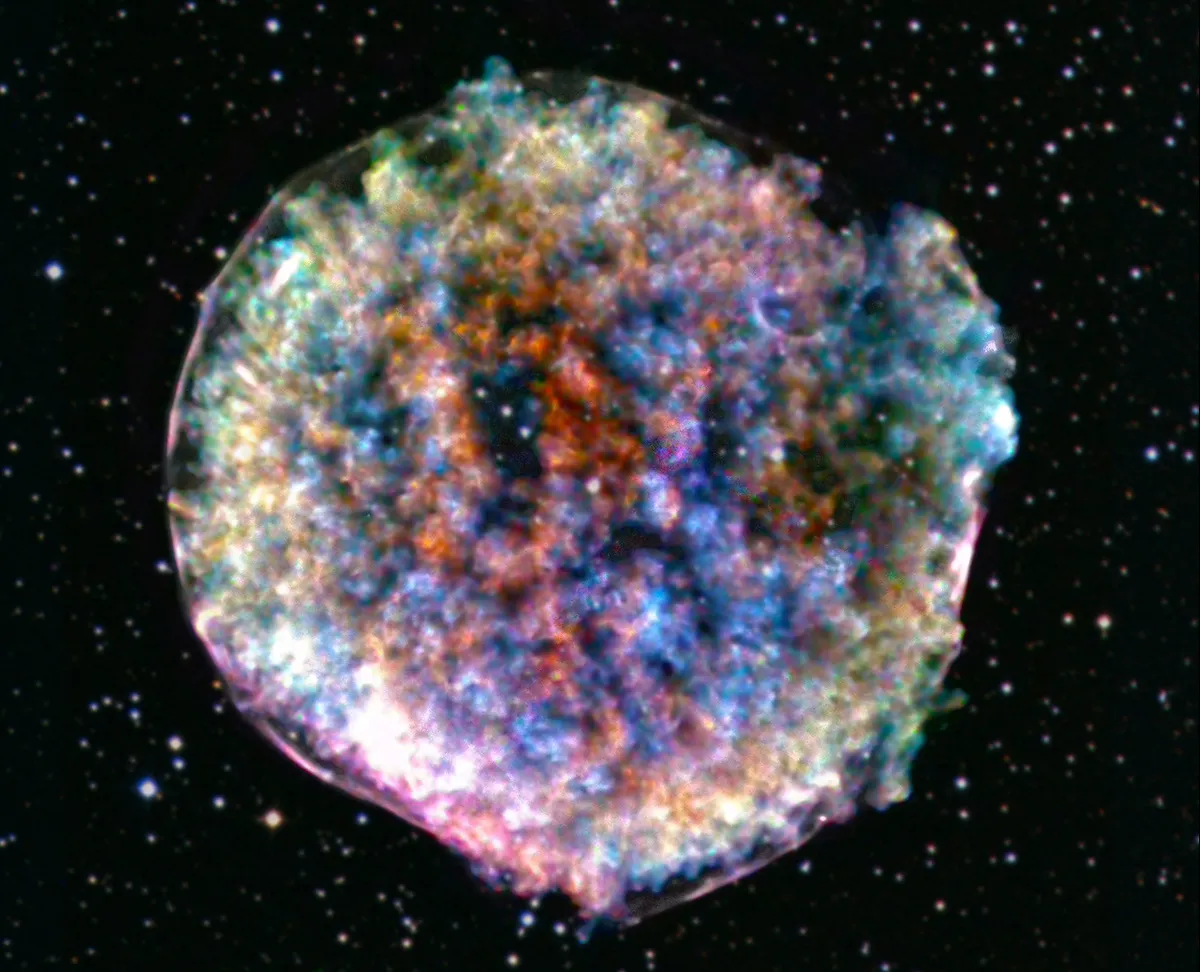
Astronomers believe that supernovae not only help spread heavier elements throughout the Universe, but the pressure from the explosion can even encourage new star formation elsewhere.
For more on this, listen to our podcast interview with supernova scientist Or Graur.
"Probably everything below 20 solar masses makes a neutron star," says Dr Matt Nicholl, a Royal Astronomical Society Research Fellow.
Betelgeuse, which is estimated to be around 15 solar masses, is one of the most prominent stars in the night sky, clearly visible from both the northern and southern hemispheres.
"The radius of Betelgeuse is probably about 900 times the radius of the Sun," says Matt Nicholl about the red supergiant star, "which means that, if you stuck it in the middle of our Solar System, its surface would extend out beyond Jupiter!
"We know the distance to Betelgeuse is around 650 lightyears – plus or minus 50 – but the big uncertainty in all of this is the distance, because it’s very hard to measure distance in space.
"If we knew exactly how far away it is, we’d know almost exactly how luminous it was and therefore how massive it was.
"We’d have a better idea of when it will explode too, because if we knew the mass and luminosity more accurately, we’d also know the age more accurately."

Much of Matt Nicholl’s research focusses on a rare class of superluminous supernovae, but he’s pretty pessimistic about Betelgeuse exploding any time soon.
"Betelgeuse is a known variable star," he says. "It has periodic variations; it has semi-random-looking non periodic variations, and it’s probably at least three different things that cause these different variations.
"These giant stars pulse; their envelope inflates and deflates in response to things that are happening at the core—when it gets bigger it looks brighter, so that’s one thing.
"There’s also a lot of convection in these big envelopes, so you get hotspots that come to the surface, so also look brighter.
"They also eject a lot of material—their stellar wind is much more powerful than our solar wind. The gas that gets away from the star can cool down and make dust which can obscure our view for a period of time.
"So all these things, and probably other things we don’t know about, cause the brightness to go up or down.
I think the preferred interpretation from astronomers is that all the different processes that make it go up and down are all in the down state at the minute."
Not that he believes dimming is a prelude to a supernova explosion.
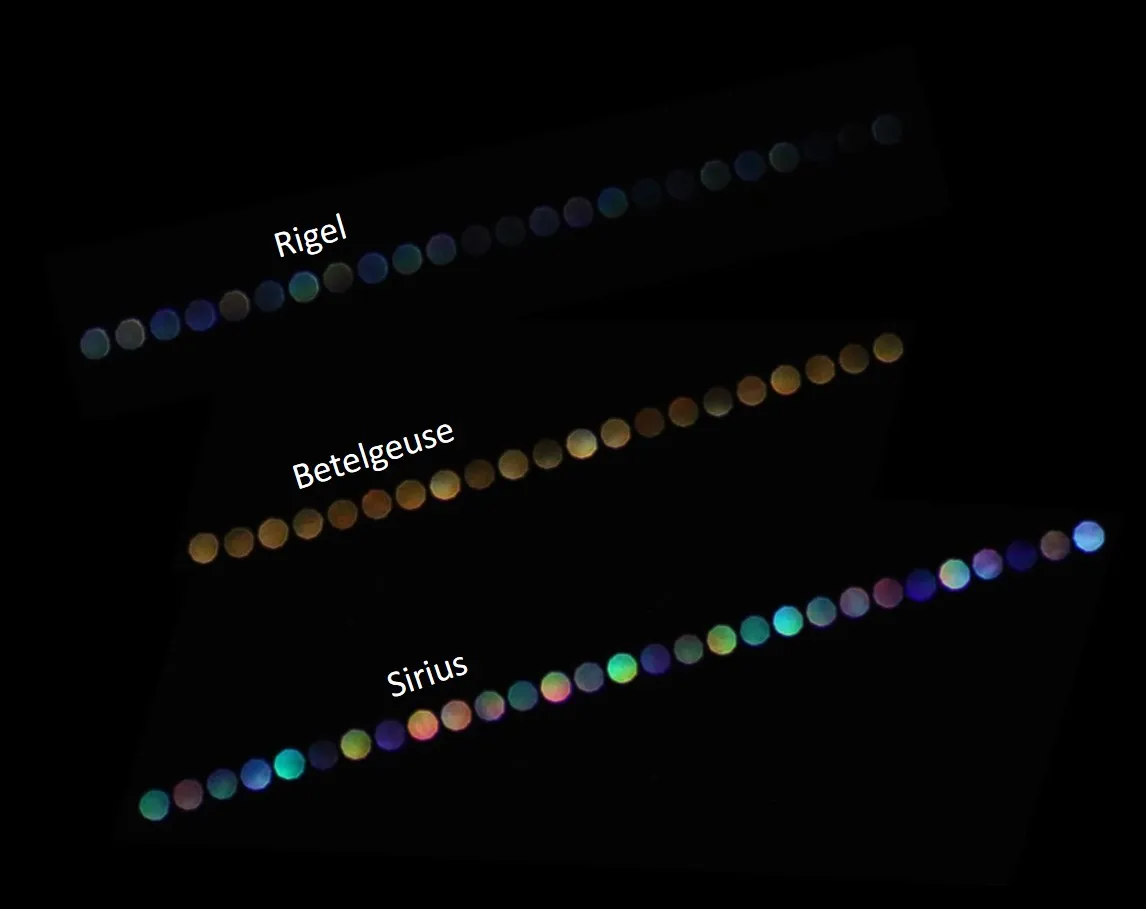
"As these massive stars get towards the end of their lives, they’re burning fuel in the core faster and faster, and producing more heat; I don’t think there’s any expectation that it should get fainter now."
While Betelgeuse is certainly expected to go supernova at some point "soon", this is a relative term.
"Our best guess is that Betelgeuse – based on what we think the distance is, and what we think the luminosity is – will have finished hydrogen burning and is now burning helium into carbon and oxygen, which takes a few hundred thousand years."
That said, Matt would love Betelgeuse to explode during his lifetime.
"If Betelgeuse did explode, it would be a star about as bright as the full Moon, so it would be pretty fantastic. The Moon is spread out over a disc; a point that bright would be really impressive."
For Betelgeuse to explode 'now', the actual supernova would have to occur some 650 years ago, given the time needed by light to reach us.
We would, however, at least get some warning: gravitational waves and neutrinos, unlike light, escape the star immediately.

